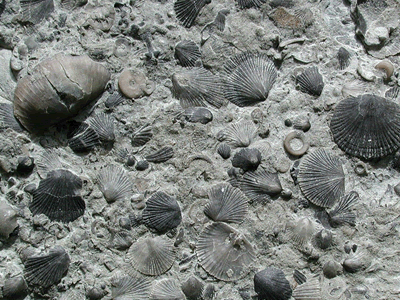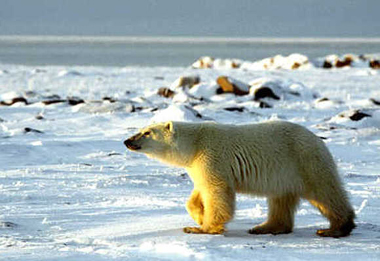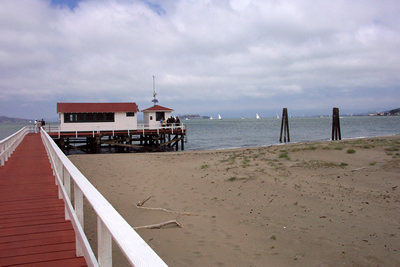Click on image for full size
Courtesy of Steven Holland, University of Georgia
How Many Species Have There Been on Earth?
News story originally written on July 3, 2008
To predict the future diversity of life on Earth, scientists are turning to the fossil record of marine creatures – the ancestors of snails, clams, sand dollars, and crabs.
Diversity is the number of species that are around at the same time. As new species evolve, others go extinct. If the amount of new species and extinctions is the same, then diversity stays the same. If more species evolve than go extinct, then diversity increases. Looking towards the future, 20-30% of species may become extinct if global temperature increases 1.5-2.5 degrees Celsius according to the Intergovernmental Panel on Climate Change. That would cause diversity to fall quickly.
"Understanding what happened with diversity in the past can help us provide some prediction on how modern organisms will fare,” says Jocelyn Sessa of Penn State University, one of the scientists involved with the study. “If we know where we have been, we know something about where it will go."
Scientists used to think that life just keeps getting more diverse, at least since 248 million years ago. Yet this new research indicates that this may not be true. The team of scientists took a new approach to looking at how diversity of life has changed over time. They used a database of about 3.5 million invertebrate fossils and described the data with statistics.
The study found that diversity increased somewhat during the Cretaceous and then it has remained more or less the same after that. In the past 65 million years, the changes in diversity have been small. That's a long time for not much change.
Even though there has not been dramatic change, the scientists found that there has been a lot of unpredictability when it comes to the number of species of marine creatures in the sea. The number of species grew and shrunk perhaps because of evolution, changes in geography, climate change, or sea level.















